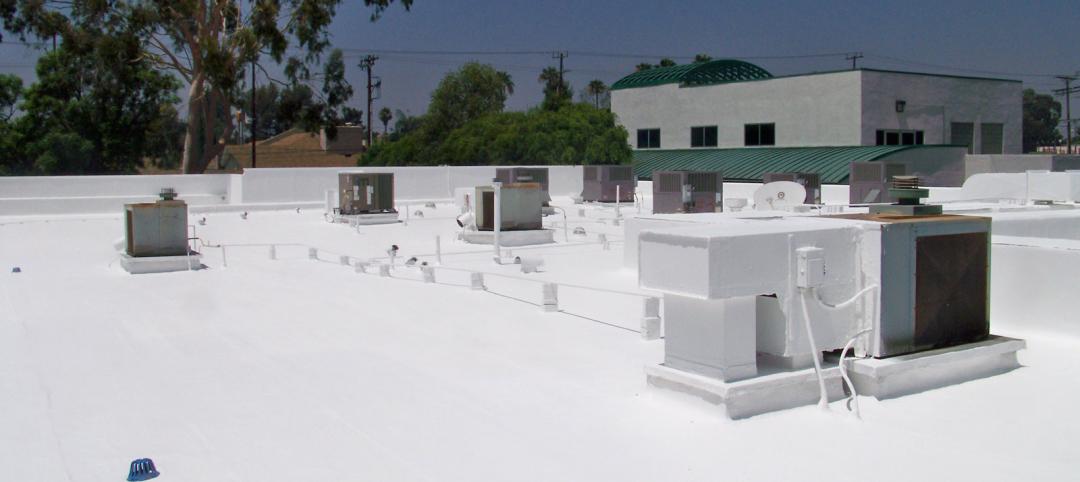The U.S. Environmental Protection Agency's WaterSense program has released a draft specification for water-efficient flushometer-valve toilets. After the specification is finalized, EPA anticipates that each WaterSense labeled flushometer-valve toilet model will have the potential to save more than 5,400 gallons of water per year. That translates into more than $1,000 savings over the lifetime of the toilet.
Flushometer-valve toilets are typically found in commercial, institutional, or industrial restrooms. These types of toilets have two main components—the toilet bowl and the flushometer valve.
Like all WaterSense labeled products, flushometer-valve toilets will be independently certified. EPA's draft specification sets the maximum flush volume for WaterSense labeled flushometer-valve models at 1.28 gallons per flush (gpf), which is 20% less water than the federal standard.
EPA estimates that about 28%, or 7.6 million, of the 27 million flushometer-valve toilets currently installed across the country flush at volumes higher than the federal standard of 1.6 gpf—some as much as 3 to 7 gpf. If all old, inefficient commercial flushometer-valve toilets were replaced with WaterSense labeled models, it would save more than 41 billion gallons of water per year nationwide, EPA estimates.
(http://www.epa.gov/watersense/products/flushometer-valve-toilets.html)
Related Stories
| Jan 16, 2013
Standards that include reflective roofs must take into account local climate
Roofs painted white can reflect heat and reduce warm-weather energy use, but in cooler regions like Minneapolis or Chicago, the issue of energy-efficiency is less straightforward.
| Jan 16, 2013
New standard for geothermal heat pump systems piping to be included in 2015 International Mechanical Code
NSF International, an independent global organization that writes standards, and tests and certifies products, has published the first in a series of American National Standards for Ground-Source Geothermal Piping Systems – NSF/ANSI 358-1.
| Jan 16, 2013
ANSI passes new safety standards for reinforcing steel and post-tensioning
The ANSI A10 Accredited Standards Committee for Construction and Demolition Operations recently approved amendments to the ANSI A10.9 Concrete and Masonry Standard.
| Jan 8, 2013
Congress passes Drywall Safety Act
Congress recently passed the Drywall Safety Act; President Barack Obama is expected to sign it soon.
| Jan 8, 2013
Building-integrated PVs could help boost green standards over the next few years
A developing technology could begin to have an impact on sustainable standards over the next few years.
| Jan 8, 2013
Revamp of codes among nine low tech steps to raise community resiliency
Updating of local zoning and building codes is one of nine low-tech steps that can boost sustainability and storm resiliency, according to this article.
| Jan 8, 2013
Group releases safety and building codes from 24 countries
Public.Resource.Org released 10,062 public safety documents including building codes covering 24 countries and 6 regions.
| Jan 8, 2013
Montana developing high-performance building standards for state projects
The Montana Department of Administration is developing a single building standard for all state facilities, and hopes to have a plan in place this spring.
| Jan 4, 2013
AGC economist says "fiscal cliff" deal will give construction a boost
The deal in Congress to avoid going over the so-called fiscal cliff "should encourage many businesses to go ahead with projects they have held in reserve," said Ken Simonson, chief economist of the Associated General Contractors of America.
| Jan 4, 2013
California standards on furnishings, insulation to be revised
California is revising the state’s standards on interior furniture and insulation to maintain or improve fire safety while reducing or eliminating the use of toxic chemicals.














